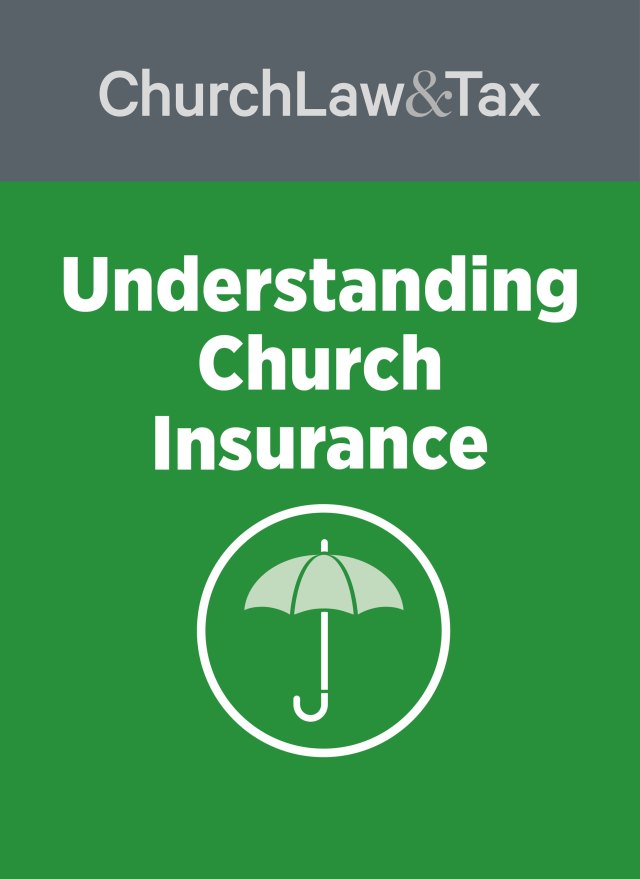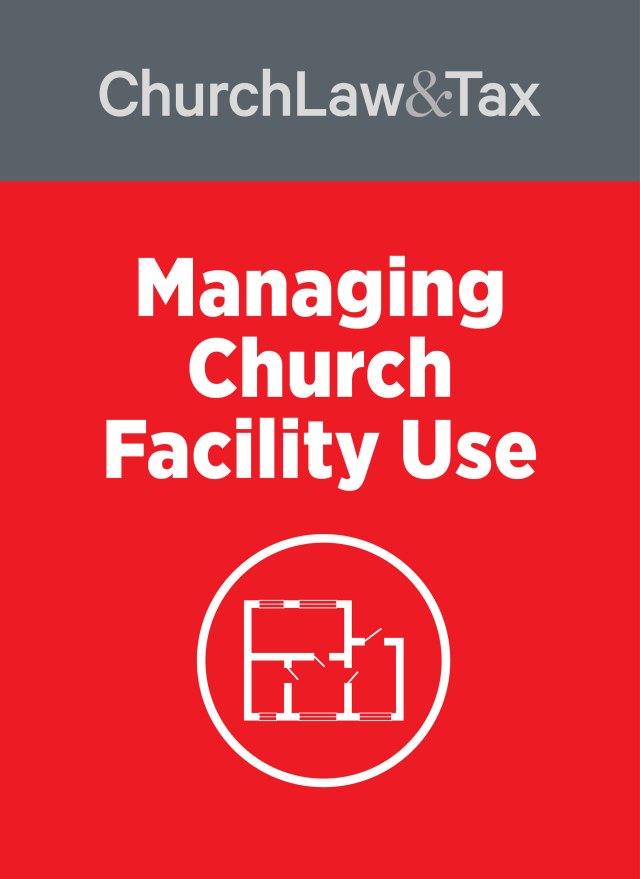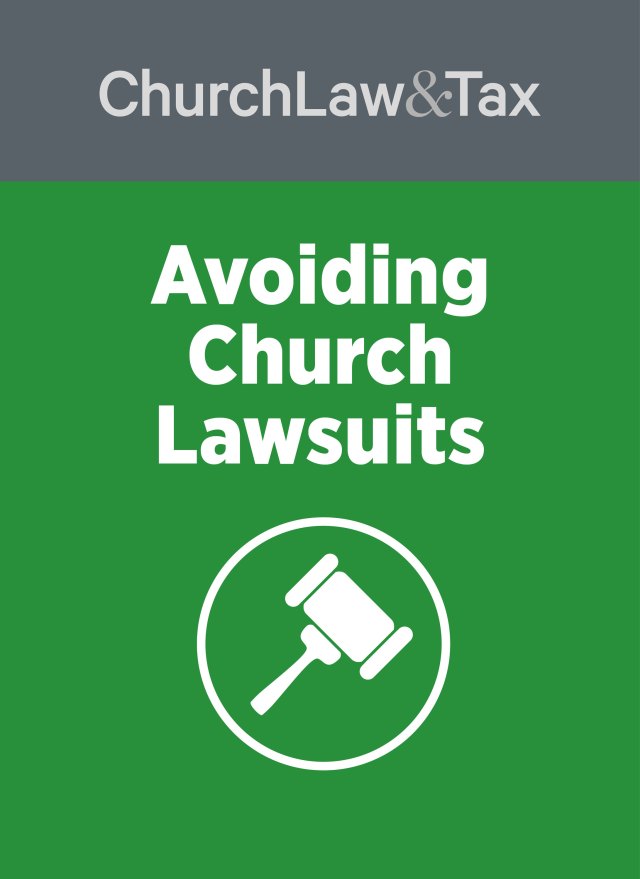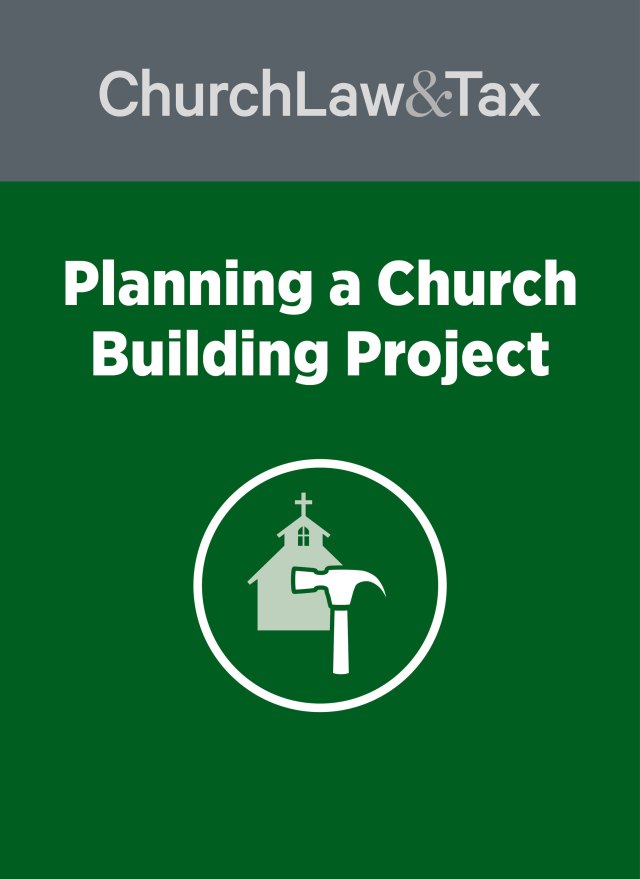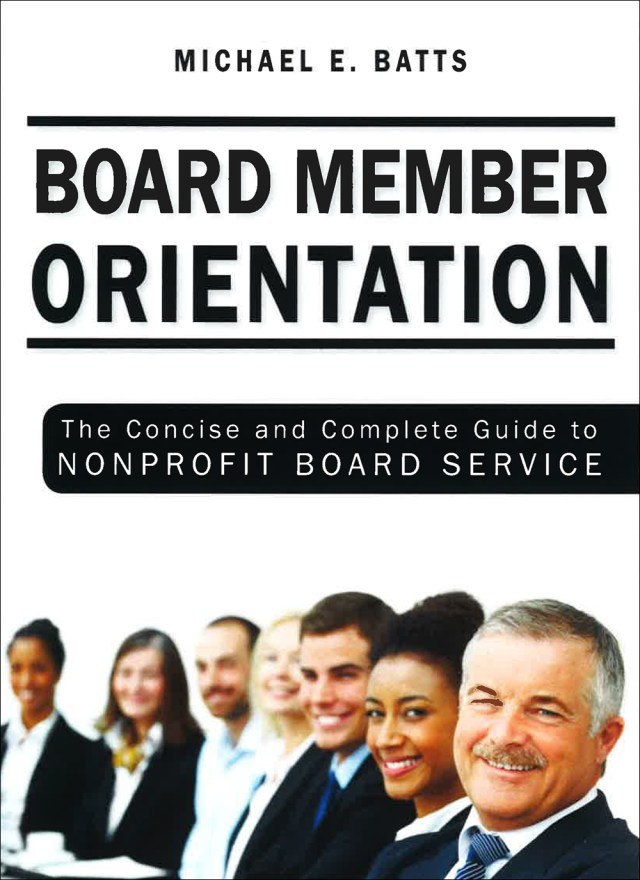When it comes to crime prevention, law enforcement professionals often say, “If a property looks like a target for criminals, it is.” Church violence statistics highlight the growing need for churches to implement crime prevention measures that ensure their properties remain safe.
According to FBI crime data, religious institutions are not immune to threats, with incidents of vandalism, theft, and violent attacks occurring nationwide. Carl Chinn’s report on violence against churches and faith-based organizations reinforces the importance of proactive security planning.
Church leaders must devote time, energy, and resources to crime prevention efforts. While budget and volunteer constraints may pose challenges, implementing these three key steps can significantly enhance security.
1. Appearances Matter: Crime Prevention Through Environmental Design
One of the most effective ways to deter criminals is through Crime Prevention Through Environmental Design (CPTED). These strategies focus on making church properties less appealing to criminals.
Key Areas to Address:
- Maintain landscaping by mowing lawns, trimming trees and bushes, and pulling weeds.
- Repair cracked sidewalks, broken windows, and faded or peeling paint.
- Ensure the parking lot is well-lit and free of obstructions.
- Install motion sensor lights around entrances and secluded areas.
Carl Chinn, a church security expert, recalls visiting a church with a high rate of robberies. “From a block away, I saw the problem—overgrown grass, cracked pavement, and dimly lit entrances,” Chinn says. “A neglected property signals to criminals that no one is watching.”
By making simple upgrades, churches can improve security without incurring major costs.
2. Relationships Matter: Strengthen Community and Law Enforcement Connections
Establishing strong relationships with community members and law enforcement can play a crucial role in crime prevention. Churches should regularly communicate with:
Church Members and Volunteers:
- Encourage staff and members to report suspicious activities.
- Hold security meetings to discuss recent incidents and prevention strategies.
Other Churches in the Community:
- Collaborate with neighboring churches to share crime reports and security tips.
- Establish a network to notify each other about potential threats.
Local Law Enforcement:
- Provide police with church schedules to improve patrol coordination.
- Request increased patrols during off-hours and high-traffic events.
- Invite officers to use the church parking lot for observation posts.
According to Tina Lewis Rowe, a former U.S. Marshal and law enforcement instructor, direct engagement with police is key. “Random calls to the station are ineffective. Instead, reach out to the ranking officer for your area and request regular safety check-ins,” Rowe advises.
3. Common Sense Matters: Control Access to Church Facilities
Balancing an open, welcoming environment with security measures is a challenge for many churches. However, basic access control strategies can prevent criminal activity.
Best Practices for Securing Church Buildings:
- Limit entry points to a single main entrance during services and office hours.
- Keep side and back doors locked except during emergencies.
- Regularly inspect doors and windows to ensure they remain secured.
- Encourage congregants to report unlocked or propped-open doors.
For individuals with accessibility needs, designated parking spots near the main entrance can reduce the necessity of using side doors. Regular patrols by staff and volunteers during services and throughout the week can further enhance security.
Understanding Church Violence Statistics
Violence in churches has been a growing concern in recent years. Reports show that incidents of church-related violence have risen, with factors such as domestic disputes, robbery attempts, and ideological conflicts contributing to the numbers.
Key Statistics on Church Violence:
- Between 1999 and 2023, over 2,000 violent incidents occurred at faith-based organizations in the U.S. (Faith-Based Security Network).
- 40% of church violence incidents involve personal disputes that escalate on church property.
- 27% of church attacks are robbery-related.
- Fewer than 10% of churches have formal security plans in place to respond to violent threats.
Given these statistics, churches must take proactive steps to protect their congregations and staff.
Frequently Asked Questions (FAQs)
How common is violence in churches?
While churches are generally safe places, statistics show an increase in violent incidents, often related to domestic disputes, robberies, or ideological motives.
What are the best ways to prevent crime at church?
Maintaining a well-kept property, strengthening relationships with law enforcement, and limiting access points are some of the most effective crime prevention strategies.
How can churches improve their security without a large budget?
Simple changes such as installing motion sensor lights, securing entrances, and increasing community awareness can enhance security with minimal costs.
Should churches have armed security?
Each church must assess its unique risks. Some churches choose armed security, while others focus on non-armed security teams and emergency response planning.
For additional security resources, visit Department of Homeland Security’s Hometown Security Initiative.

